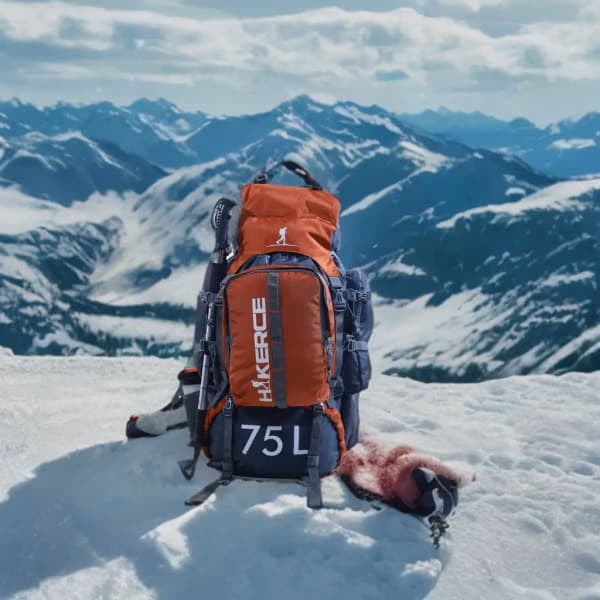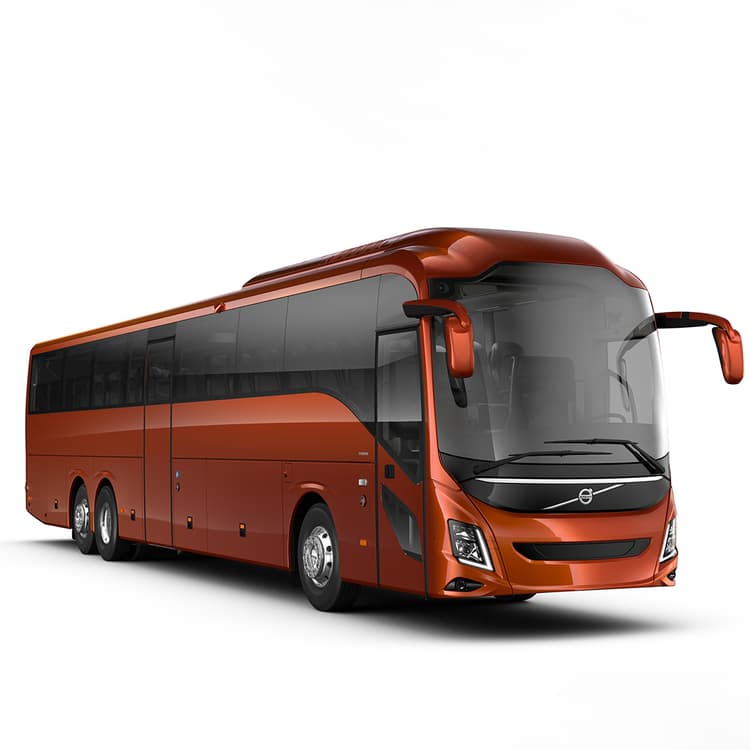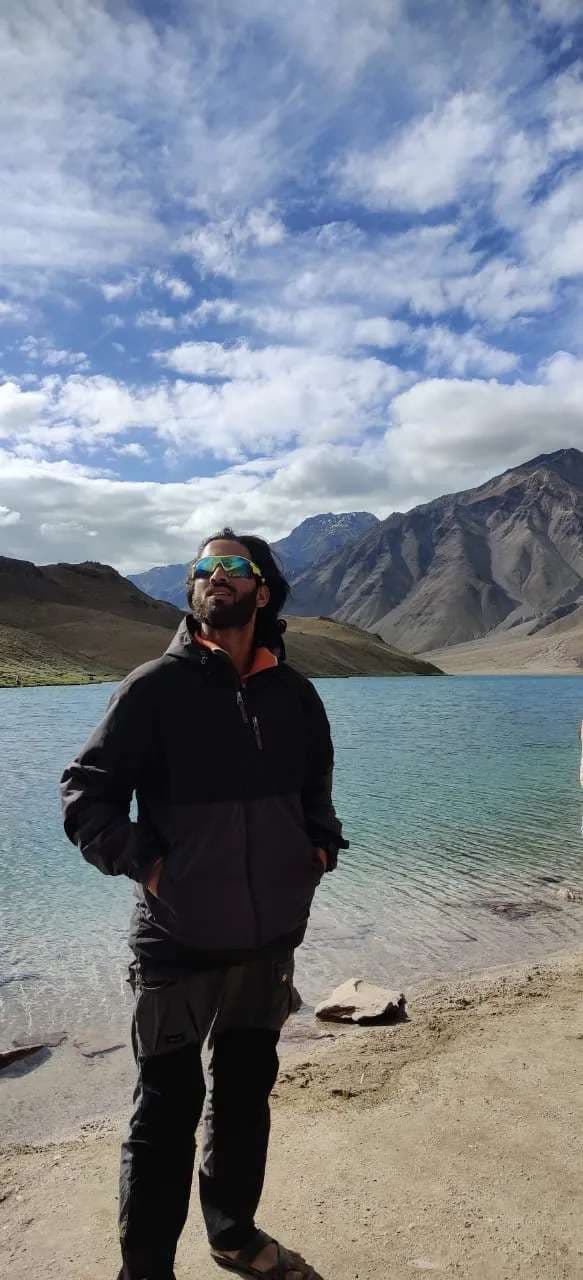The Pindari Glacier, nestled in the Kumaon region of Uttarakhand, is a pristine and awe-inspiring destination for trekking enthusiasts. This colossal glacier is situated at an elevation of around 3,853 meters (12,300 feet) above sea level and is a major source of the Pindar River. It is a 6 days trek. The Pindari Glacier trek offers breathtaking views of snow-capped peaks, alpine meadows, dense forests, and quaint villages. The trail takes trekkers through stunning moraine fields, showcasing the rugged beauty of the glacier. Walking amidst these rocky terrains provides a sense of the glacier's immense scale.
The trek allows you to explore the diverse flora and fauna of the region. The forests are home to a variety of Himalayan wildlife, including bharals (blue sheep), monals, and different species of birds.
Along the way, trekkers pass through remote villages inhabited by the friendly Bhotia community. This offers a chance to experience the local culture, traditions, and warm hospitality.
Best time to do Pindari Glacier trek
The best time to undertake the Pindari Glacier trek largely depends on the weather conditions, accessibility, and personal preferences. Here are the recommended periods for the Pindari Glacier trek:
Summer (May to June):
Weather:- Summer is the primary trekking season for Pindari Glacier. During this time, the weather is relatively mild and pleasant. Daytime temperatures range from 10°C to 20°C, providing comfortable trekking conditions.
Accessibility:- The trekking trail is generally accessible during summer, and the snow on the trail has melted, making it easier to navigate.
Scenery:- The landscapes are vibrant with blooming flowers, lush greenery, and clear views of the surrounding mountains.
Wildlife:- This season offers the chance to spot various Himalayan flora and fauna, adding to the overall trekking experience.
Monsoon (July to September):
Caution:- Monsoon brings heavy rainfall to the region, and trekking during this period is not recommended due to slippery trails, landslides, and the risk of flash floods.
Limited Accessibility: - The trails may become challenging and risky, with the possibility of swollen rivers and difficult terrain.
Conditions:- Poor visibility and continuous rainfall can impact the overall trekking experience.
Autumn (October to November):
Weather:- Post-monsoon, the weather begins to clear up, offering crisp and cool conditions for trekking.Daytime temperatures range from 5°C to 15°C, and nights can be colder.
Festive Season:- October and November are festive months in the region, with clear skies providing stunning views of snow-capped peaks.
Post-Monsoon Scenery:- The landscapes retain their greenery, and the air is crisp, making it a favorable time for trekking.
Winter (December to April):
Weather:- Winter brings snowfall to the region, and the trekking trail is covered in snow.Daytime temperatures range from -5°C to 5°C, and nights can be extremely cold.
Challenges:- Trekking during winter is challenging due to the snowy conditions, and the trail may be closed in certain sections.Only experienced trekkers with proper gear may attempt the trek during this season.
Spectacular Views:- Winter offers a different perspective, with snow-clad landscapes and a serene atmosphere. However, it requires thorough preparation for the cold.
Tips for Choosing the Best Time:
Consider Your Preferences:- If you prefer milder temperatures and vibrant landscapes, summer is ideal. For those seeking snow-covered landscapes, winter may be appealing.
Check Trail Conditions:- Before planning the trek, check with local authorities or trekking agencies for trail conditions, especially after the monsoon season.
Prepare for Cold Weather:- If trekking in autumn or winter, be prepared for colder temperatures, and ensure you have appropriate gear for the conditions.
Consult Local Guides: Local guides and trekking agencies can provide valuable insights into the current weather and trail conditions, helping you plan accordingly.
How to reach Dehradun or Kathgodam
By Air:
1. Jolly Grant Airport (DED):
Dehradun is well-connected by air, and Jolly Grant Airport is the nearest airport.
Several domestic airlines operate regular flights from major cities like Delhi, Mumbai, and Kolkata to Jolly Grant Airport.
By Train:
1. Dehradun Railway Station:
Dehradun has a well-connected railway station with regular trains from major cities.
Trains from cities like Delhi, Mumbai, Kolkata, and Varanasi provide convenient rail connectivity to Dehradun.
By Road:
1. Roadways:
Dehradun is accessible by road with a network of national highways.
Regular bus services operate from nearby cities, including Delhi, Haridwar, and Rishikesh.
How to Reach Kathgodam:
By Air:
1. Pantnagar Airport (PGH):
While Pantnagar Airport is the nearest airport to Kathgodam, it has limited flight options.
The airport is approximately 72 kilometers away, and taxis or private transportation can be arranged.
By Train:
1. Kathgodam Railway Station:
Kathgodam has its own railway station, making it easily accessible by train.
Regular trains from major cities like Delhi, Kolkata, and Lucknow connect to Kathgodam.
By Road:
1. Roadways:
Kathgodam is well-connected by road, and regular bus services operate from cities like Delhi, Haridwar, and Dehradun.
Private taxis or self-drive options are also available.
Travel Tips:
1. Flights and Trains: Book your flights or train tickets in advance, especially during peak travel seasons. Check for the availability of direct flights or trains to make your journey more convenient.
2. Road Travel: If traveling by road, consider the option of self-driving or hiring a taxi for a comfortable and personalized journey.
3. Weather Considerations: Be aware of the weather conditions, especially during the monsoon season or winter, as it may impact travel plans.
4. Local Transport: Dehradun and Kathgodam have well-established local transportation systems, including auto-rickshaws, taxis, and shared cabs.
5. Altitude Considerations: Both Dehradun and Kathgodam are situated at lower altitudes, so altitude-related issues are generally not a concern.
6. Travel Agencies: If you're planning a trek or a specific itinerary, consider consulting local travel agencies for assistance with transportation and logistics.
7. COVID-19 Guidelines: Be sure to check and comply with any COVID-19 travel guidelines and protocols in place at the time of your journey.
Whether you choose to travel by air, train, or road, both Dehradun and Kathgodam are well-connected, offering multiple options for reaching these destinations and starting your Himalayan adventure.
Difficulty level of Pindari Glacier trek
The difficulty level of the Pindari Glacier trek is considered to be moderate. It's a trek that is suitable for both beginners and moderately experienced trekkers. Here are some key factors contributing to the moderate difficulty level:
Terrain:
1. Moderate Terrain:
The trek involves a mix of terrains, including well-defined trails, rocky paths, and some steep ascents and descents.
Trekkers will encounter forested areas, meadows, and sections with moraines as they approach the glacier.
Altitude:
2. Moderate Altitude:
While the altitude of Pindari Glacier is relatively lower compared to some other Himalayan treks, it still involves a gradual ascent to reach altitudes of around 3,353 meters (11,000 feet) at the glacier.
Adequate acclimatization is important, especially for those not accustomed to high altitudes.
Duration:
3. Moderate Duration:
The trek typically spans about 7 to 9 days, allowing trekkers to cover a moderate distance each day.
Trekking hours can vary, and some days may involve longer hours of walking.
Weather Conditions:
4. Varied Weather:
Weather conditions can vary, and trekkers may experience a range of temperatures.
It's essential to be prepared for both sunny days and colder nights, especially if trekking during the autumn season.
River Crossings:
5. River Crossings:
The trail includes river crossings, often facilitated by sturdy bridges. While not extremely challenging, trekkers should be comfortable with walking across these bridges.
Preparation and Fitness:
6. Physical Fitness:
A reasonable level of physical fitness is advisable. Engaging in cardiovascular and strength training exercises prior to the trek can enhance overall fitness.
Trekking at a moderate pace and taking short breaks helps manage the physical demands of the trail.
Guided Treks:
7. Guided Treks:
Many trekkers opt for guided treks, and experienced local guides can provide valuable support, especially for those new to trekking or the region.
Tips for Trekkers:
Altitude Awareness:- Monitor your health for symptoms of altitude sickness, and communicate any discomfort to the trekking team.
Weather Preparedness:- Be prepared for changing weather conditions and pack accordingly, including warm clothing and rain gear.
Hydration and Nutrition:- Stay hydrated and maintain a balanced diet to support your energy levels during the trek.
Proper Gear:- Invest in high-quality trekking gear, including suitable clothing, boots, and a well-fitted backpack.
Acclimatization:- Spend time acclimatizing at intermediate altitudes before reaching higher elevations.
While the Pindari Glacier trek is considered moderate, trekkers should always be prepared for the challenges associated with high-altitude trekking. Proper planning, fitness, and a positive mindset contribute to a successful and enjoyable trekking experience.
How to prepare for Pindari Glacier trek
Preparing for the Pindari Glacier trek involves a combination of physical fitness, proper gear, and mental readiness. Here's a comprehensive guide to help you prepare for the trek:
1. Physical Fitness:-
Cardiovascular Exercises:- Engage in regular cardio exercises like jogging, cycling, or brisk walking to improve stamina and endurance.
Strength Training:- Include strength training exercises, especially for the lower body, to build muscle strength for ascending and descending terrains.
2. Acclimatization:-
Spend a day or two acclimatizing at lower altitudes before starting the trek to minimize the risk of altitude-related issues.
3. Trekking Gear:-
Footwear:- Invest in good-quality trekking boots with ankle support to provide stability on varied terrains.
Clothing:- Pack layers for varying weather conditions, including a waterproof jacket and pants. Carry moisture-wicking base layers to stay dry and comfortable.
Backpack:- Use a well-fitted backpack with adjustable straps to distribute weight evenly.
4. Health Checkup:-
Undergo a health checkup before the trek to ensure you are physically fit for high-altitude trekking.
5. Altitude Sickness Medication:-
Consult a doctor and carry medications for altitude sickness, as a precautionary measure.
6. Hydration and Nutrition:-
Hydration:- Stay well-hydrated throughout the trek. Carry a reusable water bottle and drink water at regular intervals.
Nutrition:- Maintain a balanced diet with a mix of carbohydrates, proteins, and fats. Carry energy bars, nuts, and dried fruits for quick energy during the trek.
7. Mental Preparedness:-
Positive Mindset:- Approach the trek with a positive mindset. Mental resilience is crucial for overcoming challenges.
Awareness:- Be aware of the trek's difficulty level and terrain, and mentally prepare for various weather conditions.
8. Weather Awareness:-
Check the weather forecast for the trekking period and pack accordingly. Carry a sturdy rain cover for your backpack to protect your gear from unexpected rain.
9. Guided Trek vs. Independent Trek:-
Consider joining a guided trek, especially if you are new to trekking. Experienced guides provide valuable support and enhance safety.
10. Permit and Documentation:-
Ensure you have obtained the necessary permits for the trek and carry valid identification documents.
11. Trekking Poles:-
Consider using trekking poles to provide additional support, especially during steep ascents and descents.
12. Fitness Routine:-
Establish a fitness routine leading up to the trek, incorporating both cardiovascular and strength training exercises.
13. Emergency Contact Information:-
Carry a list of emergency contact numbers and share your trekking itinerary with family and friends.
14. Leave No Trace:-
Follow the principles of "Leave No Trace" to minimize your impact on the environment. Dispose of waste responsibly.
15. Sleeping Bag and Mat:-
If you plan on camping, invest in a good-quality sleeping bag and mat for a comfortable night's sleep.
By focusing on physical fitness, proper gear, and mental readiness, you'll be better prepared to enjoy the Pindari Glacier trek. Remember to consult with trek organizers, local guides, and healthcare professionals for personalized advice based on your individual needs and conditions.
Safety considerations for Pindari Glacier trek
Ensuring safety during the Pindari Glacier trek is crucial for an enjoyable and incident-free experience. Here are essential safety considerations to keep in mind:
1. Acclimatization:- Acclimatize properly to high altitudes before ascending further to minimize the risk of altitude sickness. Spend a day or two at intermediate altitudes.
2. Weather Awareness:- Stay informed about the weather forecast for the trekking period. Be prepared for varying conditions, including rain and cold temperatures.
3. Qualified Guides:- Consider hiring experienced and qualified trek guides who are familiar with the region. They can provide valuable insights into the terrain, weather, and safety protocols.
4. Physical Fitness:- Ensure that participants are in good physical condition. Engage in a fitness routine before the trek to build stamina and strength.
5. Emergency Contact Information:- Carry a list of emergency contact numbers, including local authorities, trek organizers, and medical facilities. Share your itinerary with family and friends.
6. Altitude Sickness Prevention:- Monitor trekker's health for symptoms of altitude sickness, such as headache, nausea, and dizziness. Carry medications for altitude sickness, and descend to lower altitudes if symptoms persist.
7. First Aid Kit:- Carry a well-equipped first aid kit with essential supplies, including bandages, antiseptic creams, pain relievers, and any prescribed medications.
8. Hydration and Nutrition:- Stay adequately hydrated and maintain a balanced diet to support energy levels during the trek.
9. Gear Check:- Ensure that all trekking gear, including boots, clothing, and equipment, is in good condition before starting the trek.
10. River Crossings:- Exercise caution while crossing rivers. Use established bridges and follow the guidance of guides for safe river crossings.
11. Wildlife Awareness:- Be aware of wildlife in the region and follow safety guidelines. Do not approach or disturb animals.
12. Leave No Trace:- Follow the principles of "Leave No Trace" to minimize environmental impact. Dispose of waste responsibly.
13. Communication Devices:- Carry communication devices such as a mobile phone, satellite phone, or a two-way radio for emergencies.
14. Trekking Poles:- Use trekking poles to provide stability, especially on uneven or challenging terrains.
15. Camping Safety:- If camping, choose safe and level camping spots away from potential hazards. Set up tents securely.
16. Terrain Caution:- Exercise caution on rocky and uneven terrains. Wear appropriate footwear and move carefully to avoid slips and falls.
17. Group Travel:- Trek in a group for added safety. Always stay within sight of fellow trekkers.
18. Insurance:- Ensure that you have comprehensive travel insurance covering medical emergencies, evacuation, and trip cancellations.
19. Permit Compliance:- Obtain all necessary permits for the trek and ensure compliance with local regulations.
20. Emergency Evacuation Plan:- Familiarize yourself with the emergency evacuation plan and the nearest medical facilities along the trekking route.
21. Local Customs and Guidelines:- Respect local customs and guidelines. Seek guidance from locals and guides for cultural sensitivities.
By prioritizing safety considerations and being well-prepared, trekkers can mitigate potential risks and enjoy the beauty of the Pindari Glacier trek in a secure manner.


















































